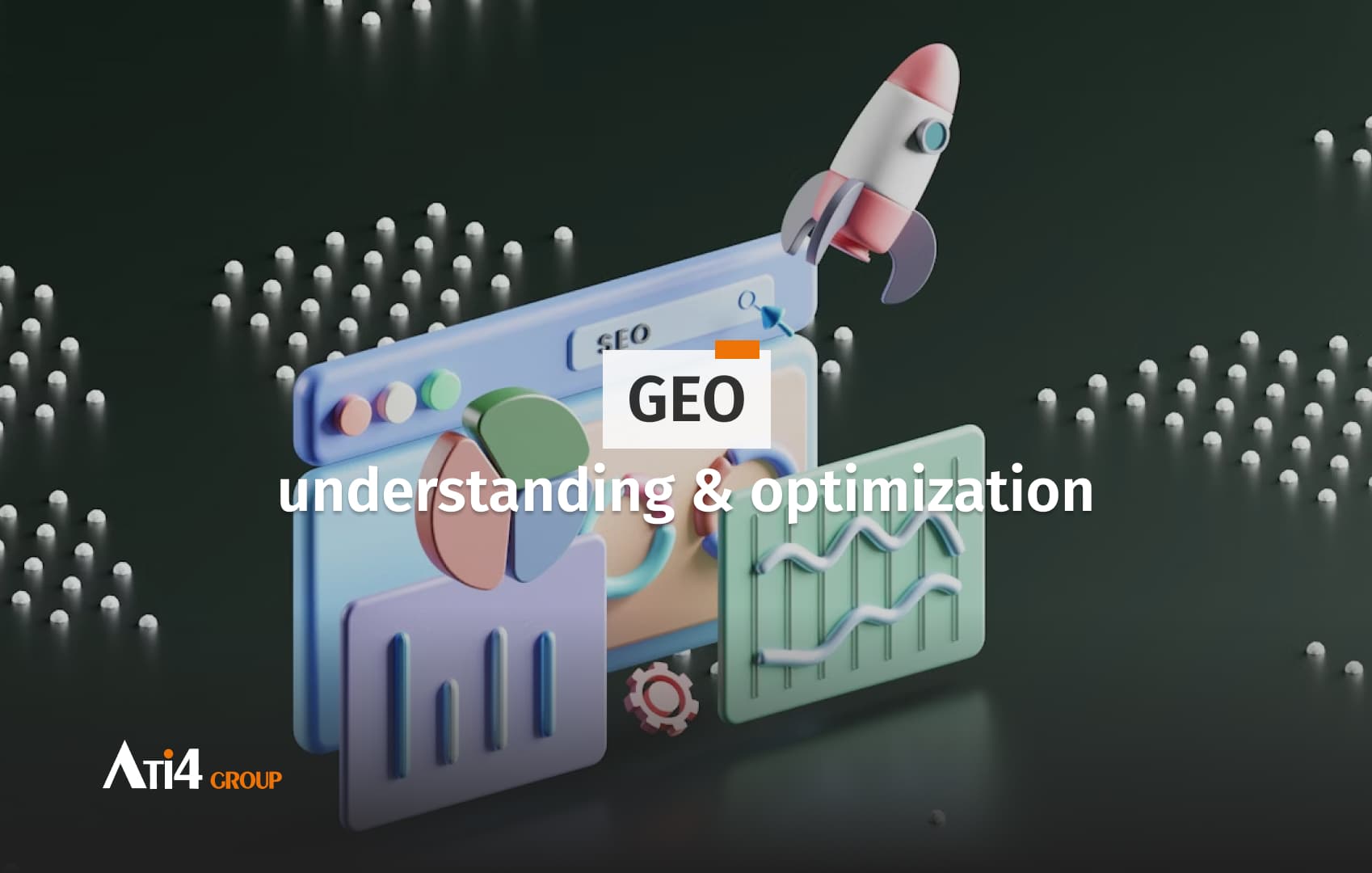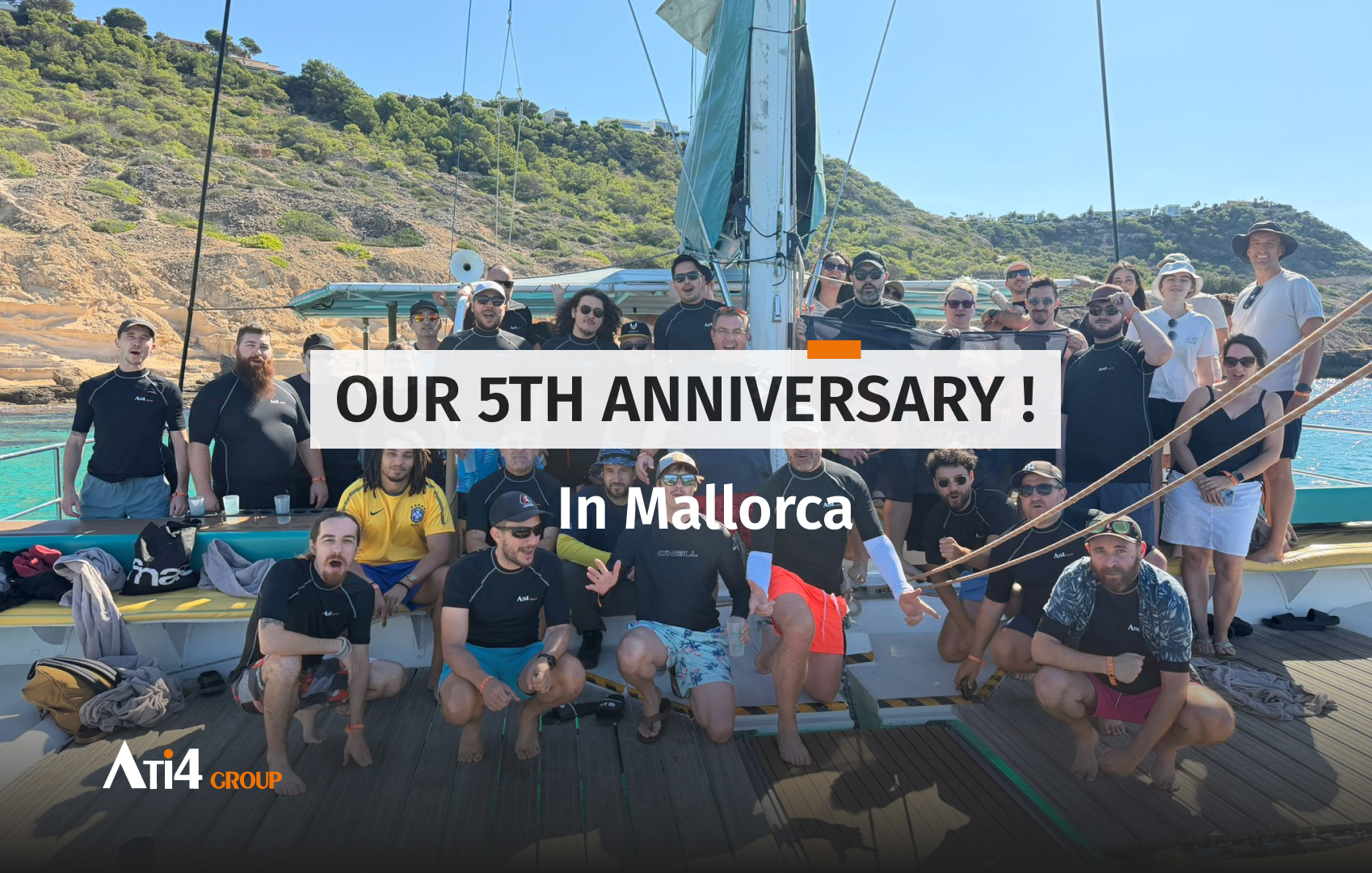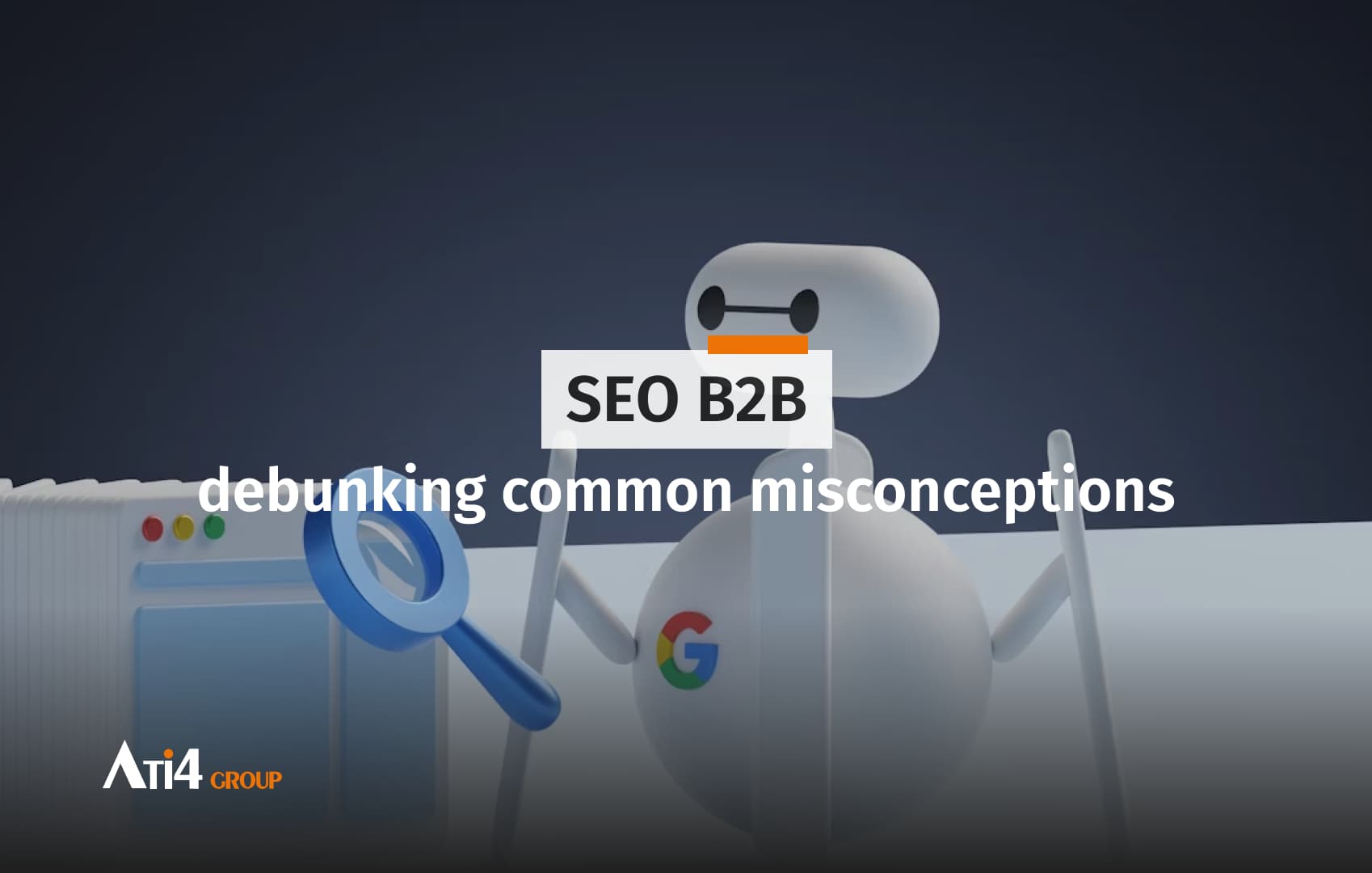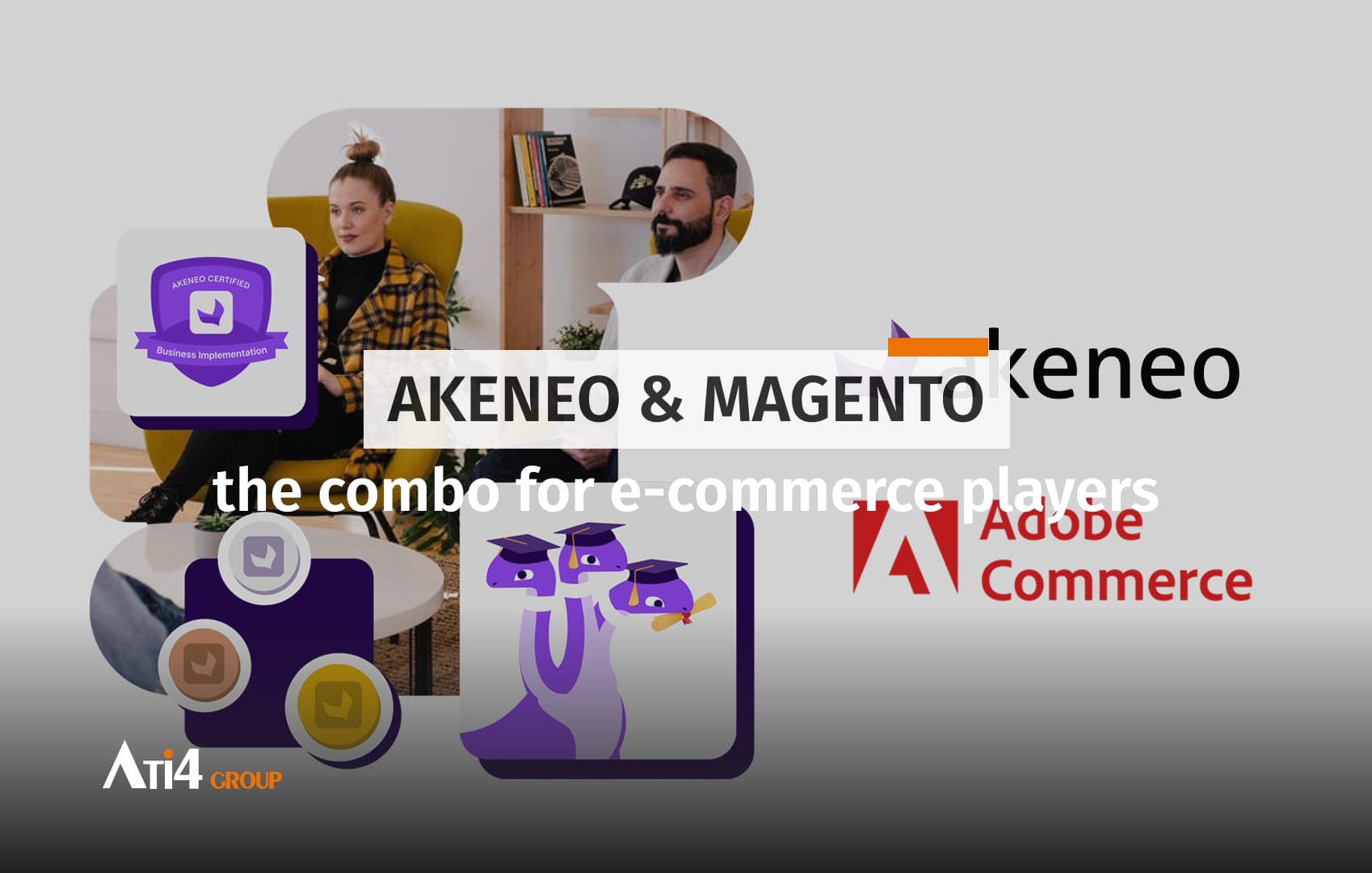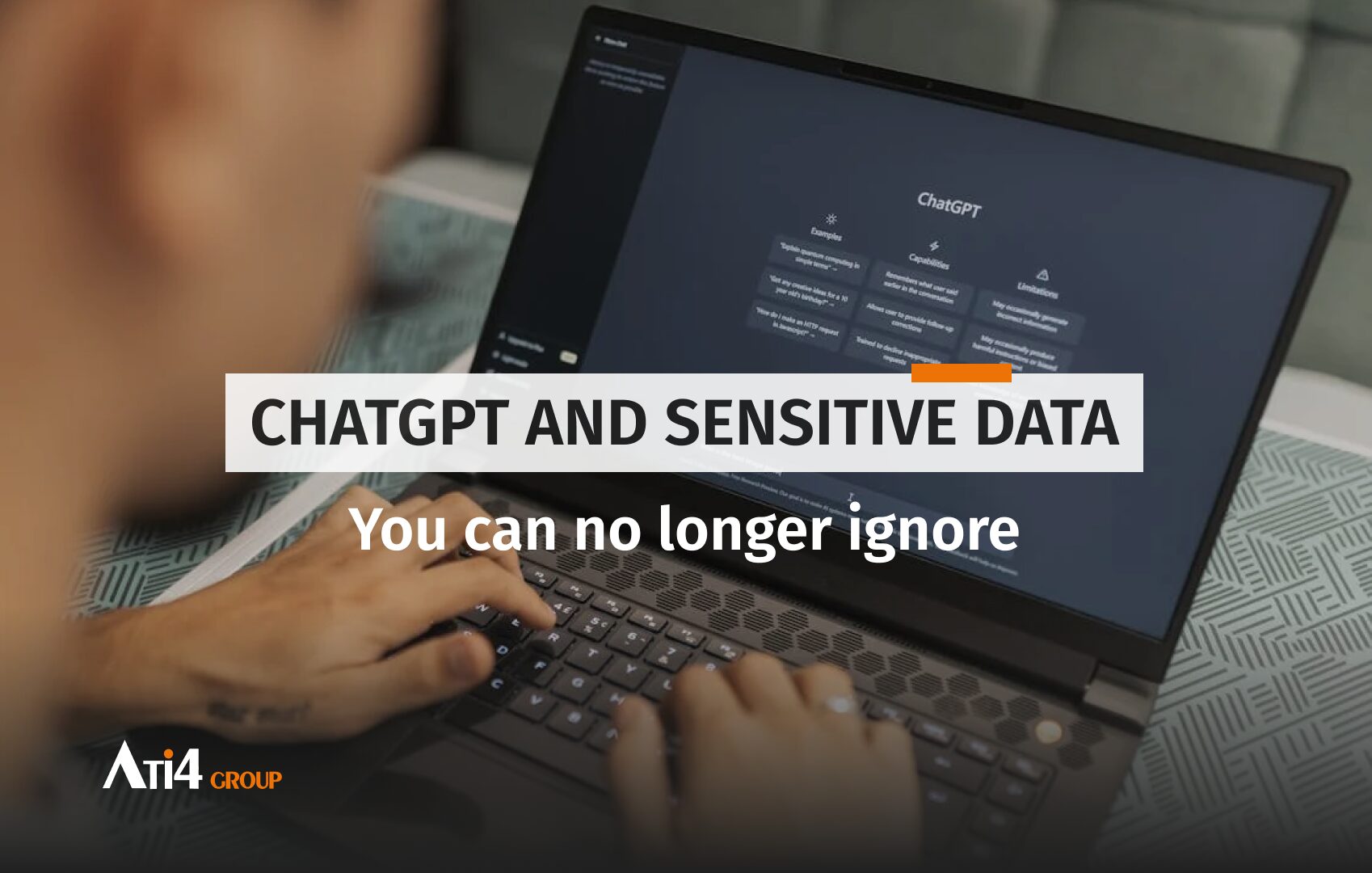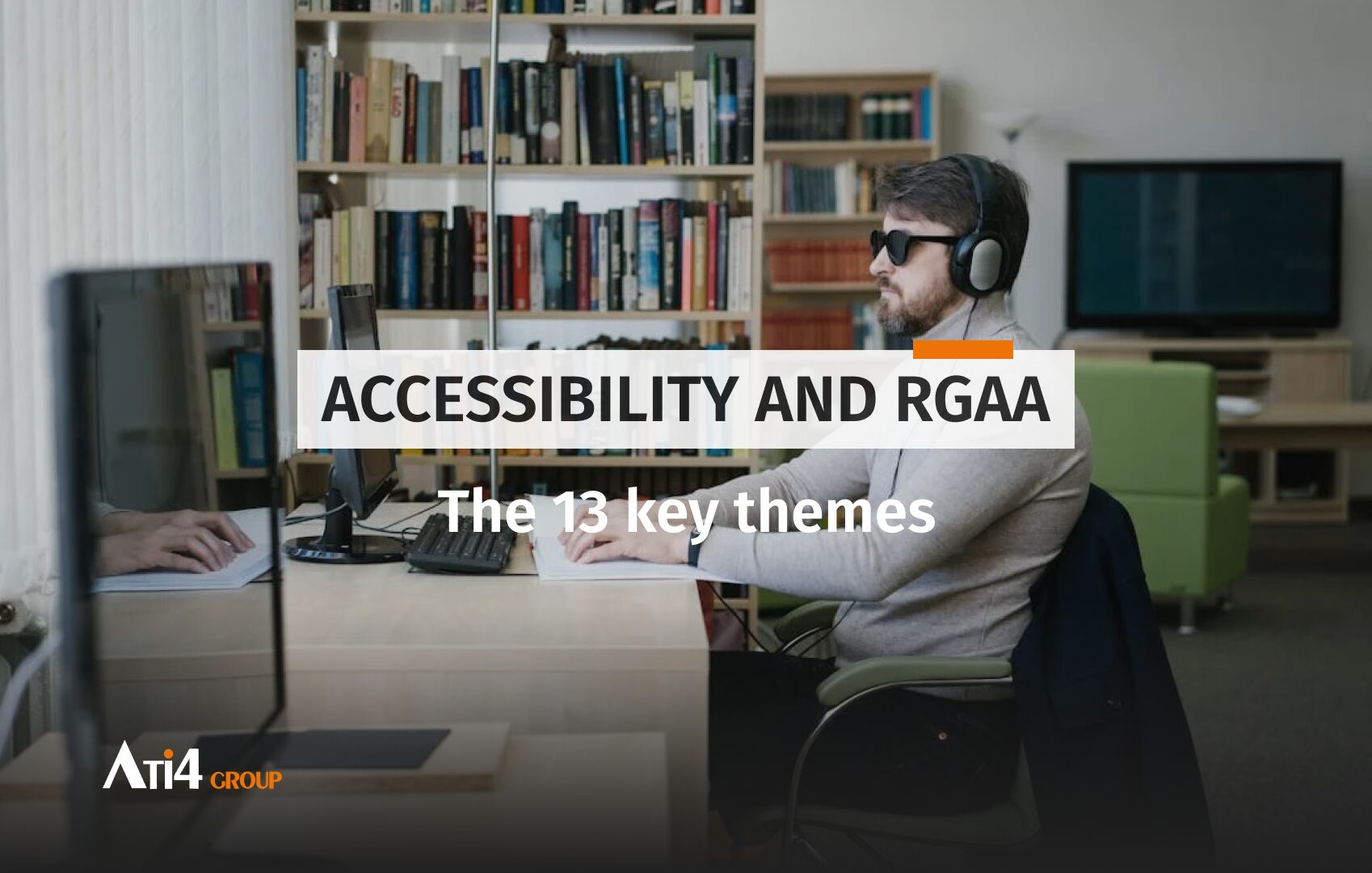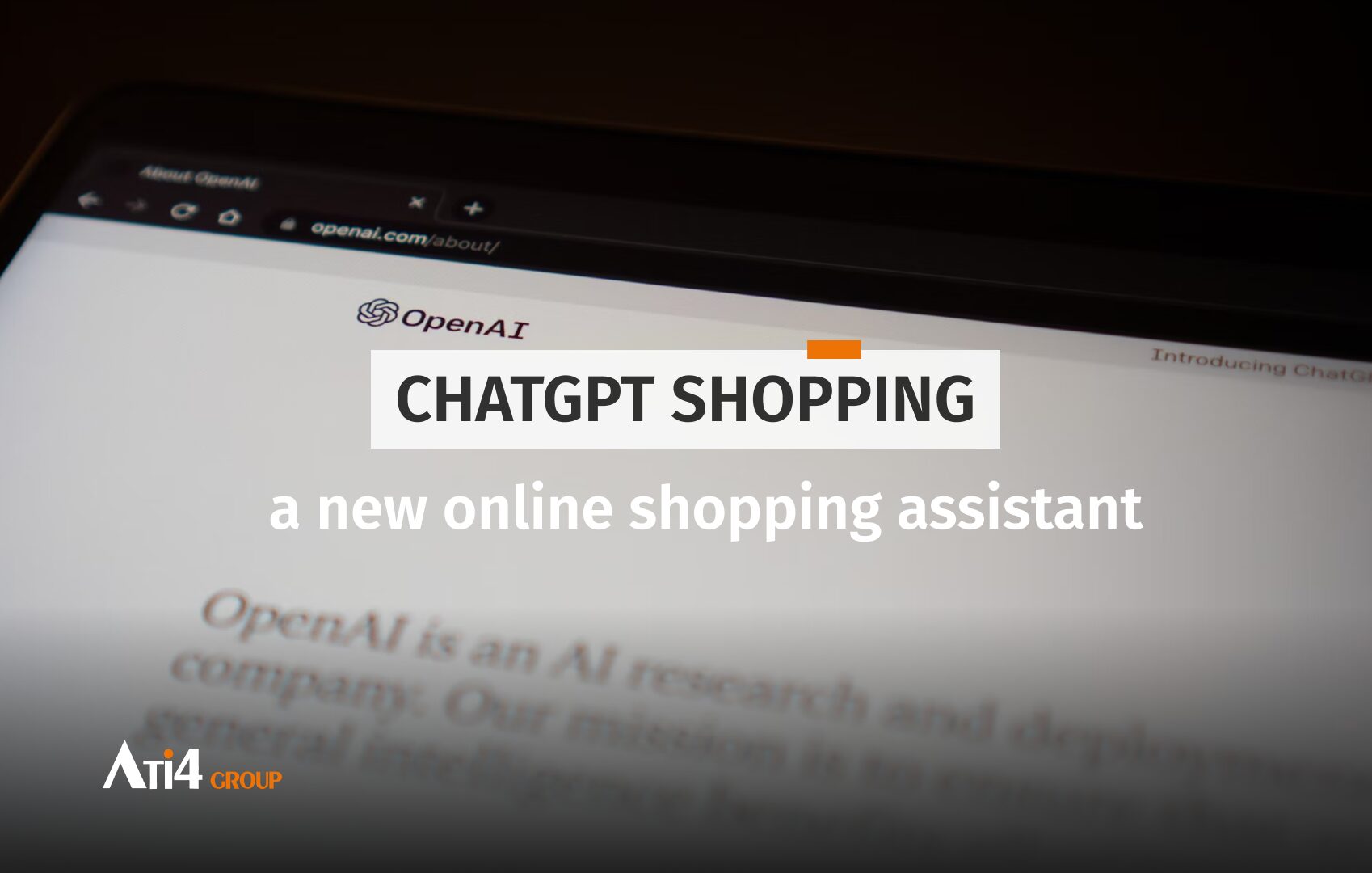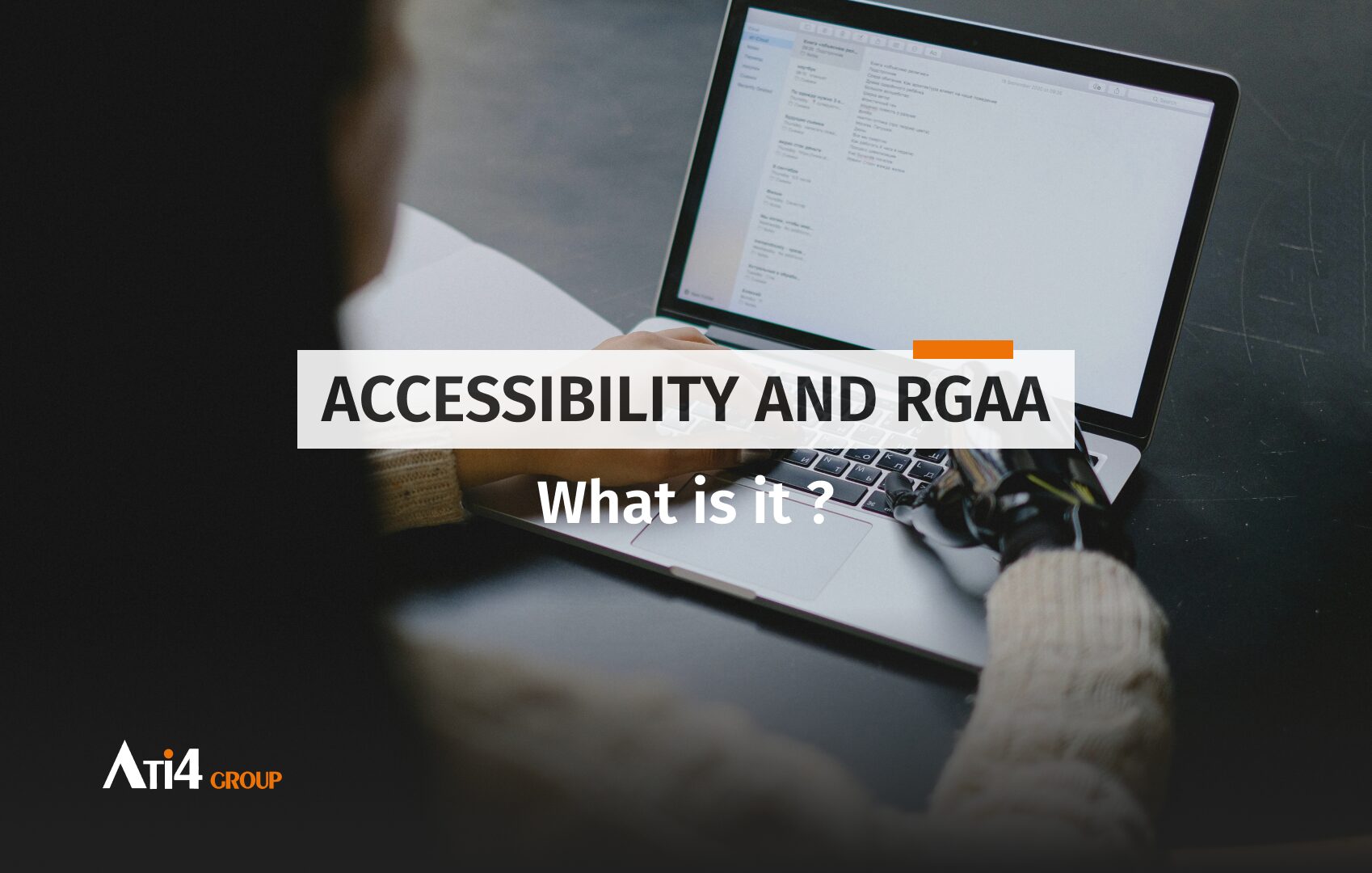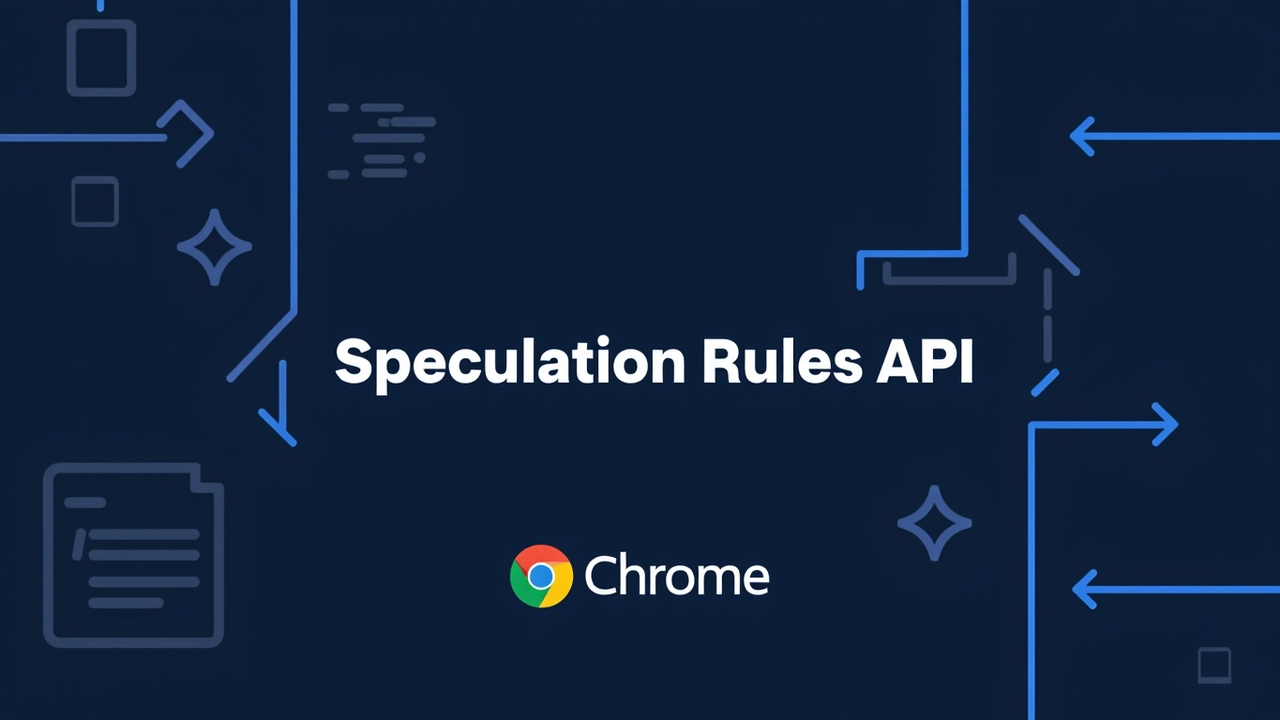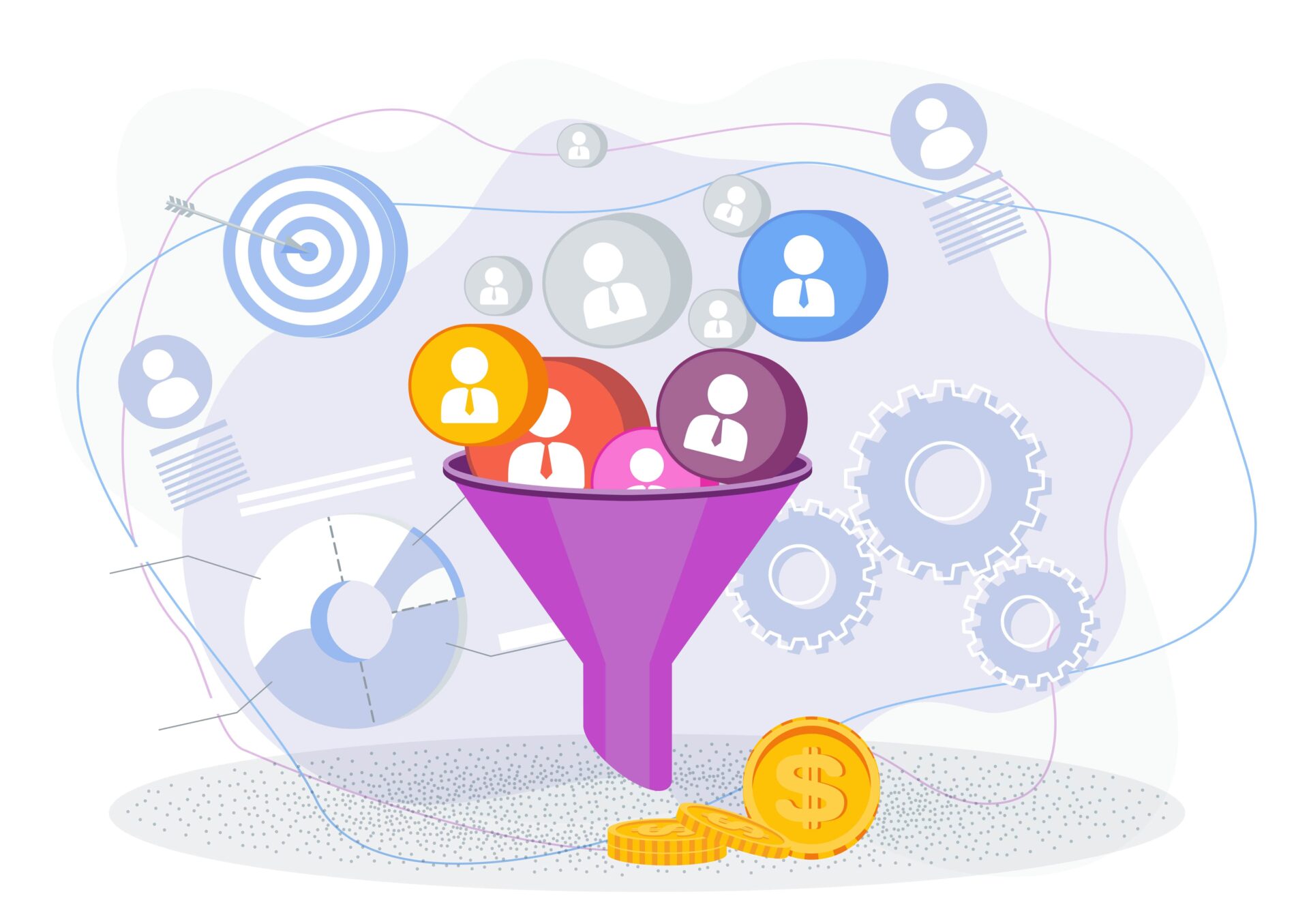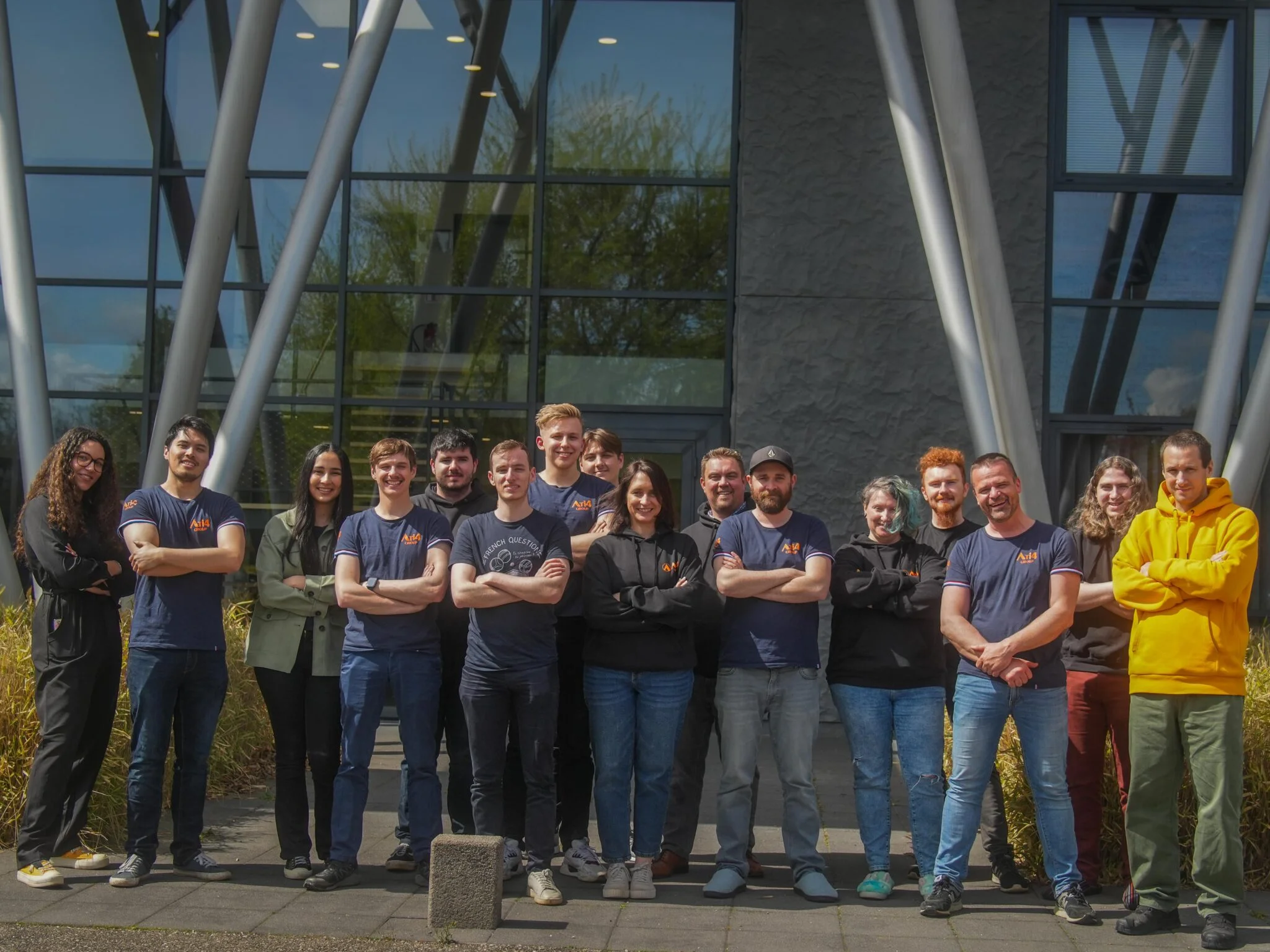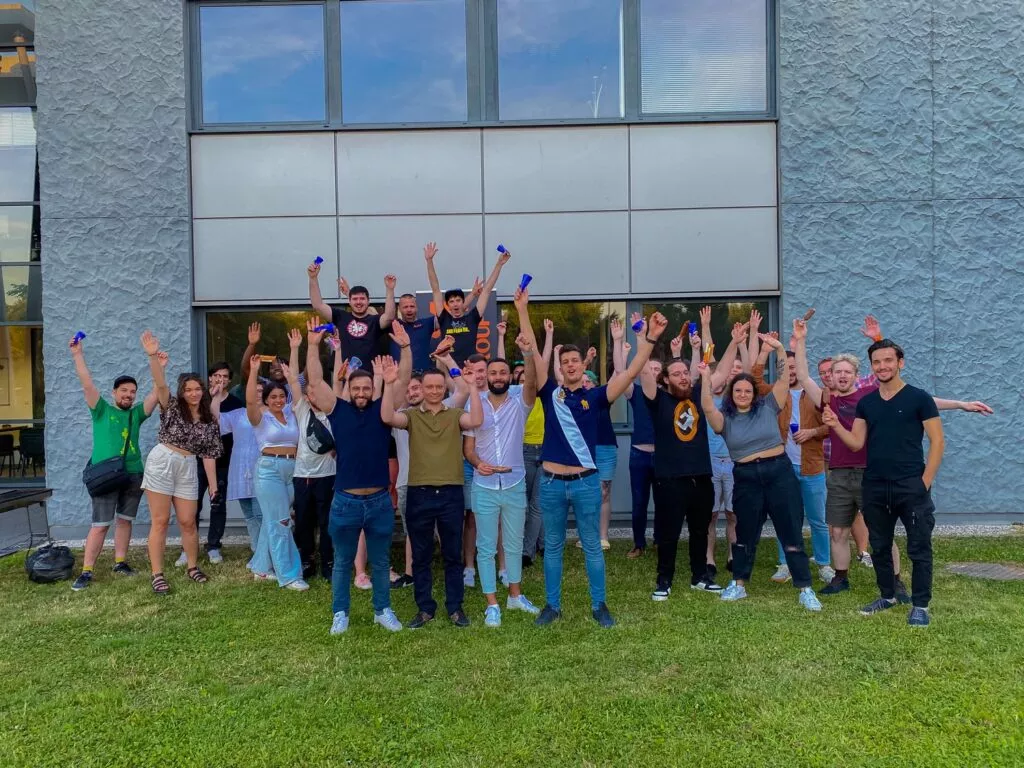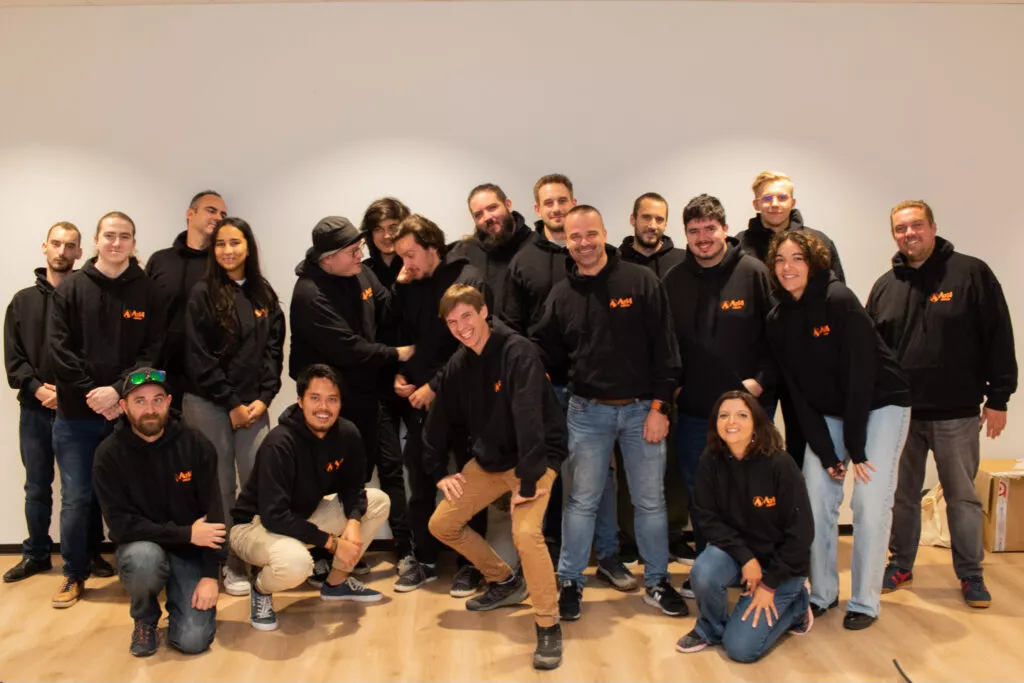Google June 2025 Core Update: a new milestone for SEO, results in July 2025.
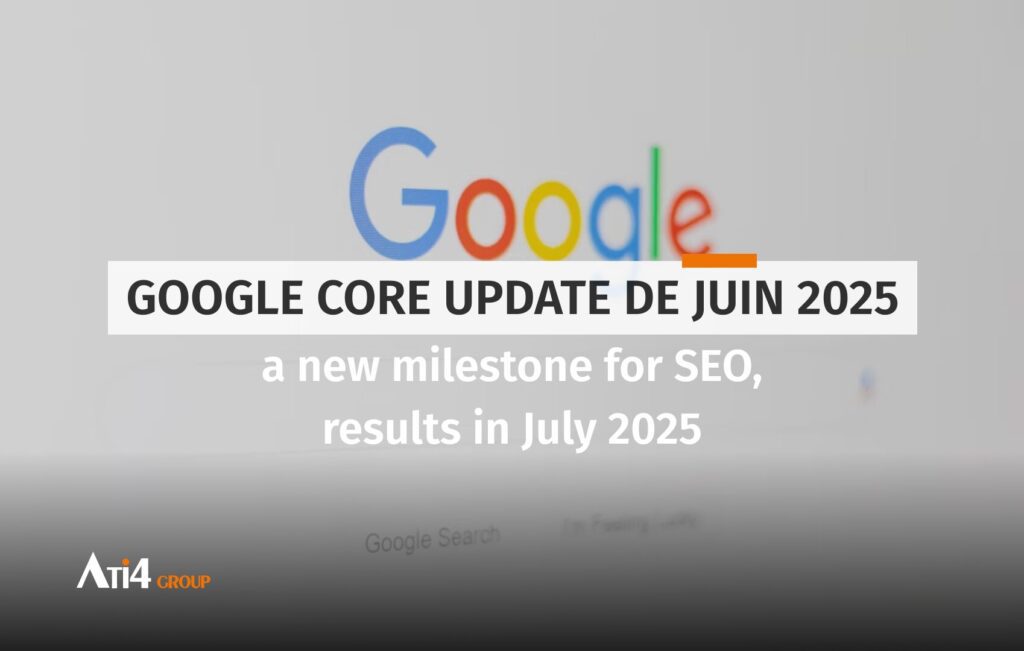
The Google Core Update of June 2025, officially launched on June 30, marks a new milestone in the evolution of the search engine and organic search. This second major update of 2025 took over 16 days to fully roll out, ending on July 17, according to Google’s official announcements.
As with every major algorithm update, Google does not directly penalize sites; rather, it modifies its evaluation criteria to better reflect the relevance of content on the Web. This process aims to favor the most useful, reliable content that matches user intent. Unlike targeted updates (e.g. spam filters), Core Updates challenge broader foundations of indexing and ranking.
This update, spanning several weeks, is the second of 2025. It follows the March Core Update, which already introduced significant adjustments regarding content quality, source transparency, and E‑E‑A‑T criteria (Experience, Expertise, Authoritativeness, Trustworthiness).
We observe a renewed focus on author legitimacy, editorial transparency, alignment between content promise and actual delivery, along with a growing role of UX and technical performance in the SEO equation. The June Core Update continues this trend by further refining how Google understands a page’s real value to its users.
By mid‑July 2025, as rollout wraps up, the initial impacts begin to stabilize. Many site publishers have experienced significant position changes (both up and down), while others see a reconfiguration of their pillar pages. It’s now time to take stock.
Creating useful, human, and contextual content to be relevant
At the heart of the June 2025 Core Update is a strong emphasis on rewarding the most relevant and useful content. Sites that merely recycle content or offer superficial or poorly structured text risk dropping in rankings. In contrast, those investing in original content written by knowledgeable people that provide genuine added value may gain visibility.
One often-overlooked aspect by sites that lose visibility during Core Updates is perceived content quality. An article doesn’t become valuable just by being long or keyword-rich: what matters is its actual utility for the reader. Google now evaluates many indirect signals to gauge this perceived quality: time spent on the page, navigation flow, clarity of headings, presence of relevant visuals, logical structure, etc.
This shift aligns with a multi-year direction from Google: ensuring search results truly match user intent. The engine no longer just recognizes keywords: it assesses whether content answers a specific query completely, clearly, and reliably. Informational and scientific sites have notably improved in visibility since the update, reinforcing the algorithm’s preference for high-value, expert content.
Google has also cracked down on sites that mass-publish content without real added value. Since 2024, the algorithm includes a detection of “content fatigue”: if a site churns out similar, repetitive, or overly automated articles, it may be deprioritized—even if technically well optimized. This aligns with Google’s aim to fight information overload.
This particularly impacts sites using automated content generation tools (AI, scraping, auto-rewrites). The June update shows Google can now identify and deindex such practices if they lack original value. Conversely, short yet precise, illustrated content that meets a clear user need may significantly rise in rankings.
As AI‑generated content proliferates, Google is doubling down on favoring content written or supervised by verified experts. Emphasizing E‑E‑A‑T signals becomes crucial. An article authored by a recognized professional, citing verifiable sources, case studies, or real examples, will be seen as more trustworthy than anonymous copy without legitimacy.
This doesn’t mean displaying degrees at the end of every article, but rather demonstrating why content is credible: testimonials, links to official sources, precise demonstrations, case studies, or clear author bios. This transparency also addresses misinformation, plagiarism, and manipulation concerns.
Adapting SEO strategies
As early as deployment began, volatility was observed, notably on July 2 and 3 in France. One standout phenomenon was the extreme volatility in SERPs during the first two weeks of July. Entire sectors—health, finance, online learning, B2B software—were shaken. Some sites saw visibility soar by +40–60%, while others fell similarly. Unlike earlier updates, these fluctuations cannot be blamed solely on technical issues or weak semantic optimization.
It wasn’t just a simple tweak or anti-spam cleanup. These were deeper, qualitative changes. What the algorithm now expects is the ability to inform users contextually, reliably, and actionably. A blog post comparing B2B software, for example, can no longer just list standard features. It must guide decision-making, including real case studies, user testimonials, clear differentiators—ideally backed by a credible, identified author. These elements now drive ranking gains.
This shows Google isn’t shutting out those who were too SEO‑centric; it’s encouraging a reset grounded in user experience.
But caution: volatility right after rollout should not be overreacted to. Initial fluctuations are often unstable. As with any Core Update, it’s essential not to rush in changing pages or editorial strategy, as this can sometimes worsen results. Analysis should be done with calm, only once deployment stabilizes. Only then can you reliably evaluate what worked, what needs fixing, and how to adapt priorities for coming months.
This environment demands a transformation of SEO culture in organizations. Gone are the days of tweaking tags, tracking search volume, and aligning keywords in isolation. Today, you must think ecosystem-wide: content, UX, legitimacy, editorial quality, structure, tone, interactivity—these building blocks together define a site’s relevance to Google.
This requirement is both a challenge and an opportunity. Companies that invest in useful, distinctive content backed by clear human expertise will see sustainable organic visibility growth. Meanwhile, those who continue mass‑producing content without real editorial intent risk obsolescence.
And what about AI ?
Another notable shift: the growing impact of AI Overviews—AI-generated snippets Google increasingly displays at the top of search results. Although still experimental in some countries, their effects are already being felt. By integrating automated summaries of the best available answers, Google fundamentally alters how users interact with the SERP. Content featured as a “source” in these overviews gains increased exposure, while marginal content must work harder to attract attention lower in the results.
In sectors like health, finance, and security, the demand for precision and reliability is even stronger. Google increases scrutiny on these themes, as they directly impact user well-being or financial stability. Thus, content published in these categories undergoes tight evaluation: author legitimacy, clarity, source rigor, logical structure—these become performance criteria.
How to leverage this evolution ?
Now that the June 2025 Core Update rollout is complete, it’s time for concrete analysis, not speculation. This critical moment is when businesses, content publishers, and SEO specialists should step back and engage in methodical work to understand how the update affected their search presence.
The first step is to examine ranking fluctuations for strategic keywords. It’s not just about noting a gain or drop, but decoding the deeper reasons: Why did this content rise? Which page types declined? Analysis should rely on hard data, comparing performance over a period long enough—ideally the three weeks before and after stabilization. This helps eliminate bias from natural post-deployment volatility.
But performance reading cannot stop at a positions table. You must go further: raw organic traffic is interesting, but real value lies in traffic quality. Engagement metrics (average time on page, bounce rate, depth of navigation) must be analyzed to determine if visitors are better qualified, more engaged, more likely to convert. A traffic uptick without engagement often signals misaligned content.
It’s also crucial to identify positively or negatively impacted keywords. These movements often reflect underlying algorithm preferences: educational pages, buying guides, case studies, rich comparisons—formats signaling Google’s intent to promote practical usefulness beyond just optimized text.
Sites that suffered from previous updates may have recovered partially—or fully—through editorial overhauls: removing redundant content, focusing on expert themes, improving navigation structure, and strengthening credibility signals.
But beyond numbers, this update serves as a strong signal: SEO can no longer be a set of isolated techniques. It is a strategic, transversal project requiring a long-term vision. Adjusting a few tags or adding keywords is insufficient. Content must be reimagined as a useful device, a media asset able to answer specific needs in a clear, structured, human manner.
Brands that will succeed tomorrow recognize that Google visibility is earned, not bought. This requires investing in a coherent editorial strategy, treating pages as answers to precise user intents, and continuously adapting to algorithm shifts.
Implementation of MUVERA, a New Algorithm
A new tool has emerged in the way Google’s algorithms operate. MUVERA (Multi-Vector Retrieval via Fixed Dimensional Encodings) is a new algorithm announced by Google in June 2025, specifically designed to retrieve and sort web pages before ranking them in users’ search results.
Initially, Google would determine each page or query using a single vector to assess the relevance between the user’s search and the suggested result. That is, it relied on matching a searched keyword with the semantics of a site. However, in recent years, multi-vector models (pages containing multiple keywords and segments) have emerged, making processing much heavier for Google.
This is where MUVERA comes in. It condenses the different vectors into a single, optimized one, called FDE (Fixed Dimensional Encoding), allowing Google to quickly find the most relevant content. It represents a shift toward a deeper and broader semantic understanding, enabling it to grasp the actual meaning of the content instead of simply locating exact keywords.
The tool will break down the query into several semantic components and assign them different meanings. It is now possible for Google to decode the user’s actual intent and match it with the appropriate content. This is a real step toward understanding user intent, not just keyword matching. It allows Google to filter the proposed results and offer much more relevant content.
So, it’s clear how essential it is to work on your content thoroughly, now more than ever!
Don’t view this Core Update as a penalty, but as an opportunity. An opportunity to overhaul your strategy, question old habits, and move from technical or volume-focus to value-centered logic. Those adopting a resilient, analytical, user-focused posture will turn this update into a lever for lasting growth.
For others, the risk is real: watching organic traffic erode with each update, with no clear response—simply because they haven’t done the fundamental work. Because Google won’t go back. The engine is evolving toward human relevance, real usefulness, documented experience. And this requirement, now structural, is only set to intensify.
Find out what’s new at the company.
Because mixing fun and work is at the heart of our philosophy, we always try to make a special place for it in our business life.



